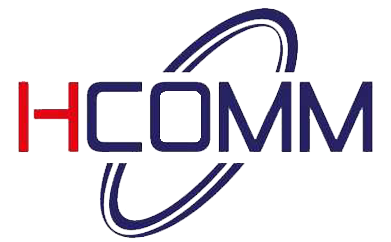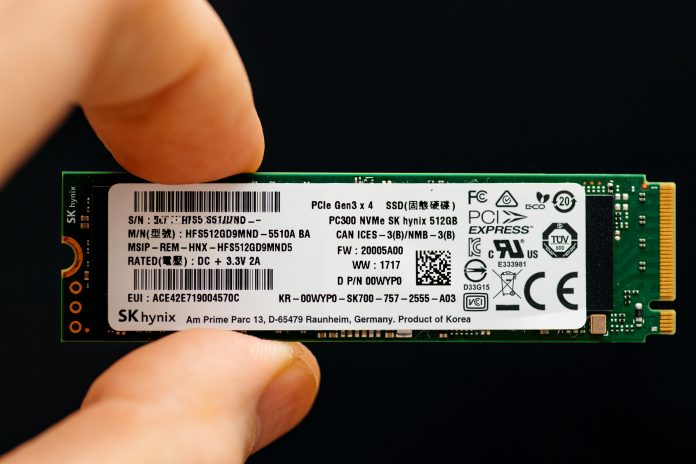Connector
Advancing connector technologies for multi-core optical fibres
Ryo Nagase, Professor from Chiba Institute of Technology in Japan, highlights research concerning advancing connector technologies for multi-core optical fibres, starting with an informative introduction
Japan has been leading the development of optical communication technology from when the field first emerged. The VAD method, invented in the 1970s, contributed greatly to higher performance and reduced the cost of manufacturing optical fibres. The technique is still widely used throughout the world as a mainstream optical fibre manufacturing technology.
The physical contact (PC) technology invented in the 1980s also contributed significantly to the realisation of higher performance optical connectors at a lower cost, and it is still used in most types of optical connectors.
These two basic technologies for constructing optical networks have been recognised as mainstream technologies for more than 25 years since they were introduced to the market, and both have been certified the status of IEEE Milestone.
In Japan, the nationwide optical fibre cable trunk line network was completed in 1985, and the world’s first commercial fibre to the home (FTTH) service was started in 2001. There were 36 million FTTH subscribers in Japan in 2021. The demand for communication traffic continues to increase worldwide, and optical communication systems have undergone great improvements. The transmitted signal capacity through a single optical fibre has increased about 10,000-fold in 20 years.

On the other hand, the single-mode fibre (SMF) currently used as the widest band medium has a theoretical limit of 100 Tb/s per fibre, and if the traffic demand continues to increase, there is a concern that a capacity crunch will occur within a few years.
Against this background, Japan established a “Technical Committee on Extremely Advanced Optical Transmission Technologies (EXAT)” in 2008, intending to further expand optical fibre transmission capacity. This was the first such committee in the world, and it clarified the concept of space division multiplexing (SDM) technologies. One such technology is the use of multicore fibre (MCF). To build an optical network with MCF requires new approaches, such as MCF manufacturing technology, MCF connection technology (fusion splice and connector), MCF and SMF interconnection technology, and MCF optical amplification technology.
This paper introduces the optical connector technology for MCF, which was first developed in Japan.
Fundamentals of optical connector technology
In SMF, optical signals propagate in a region of about 10 µm, so to connect fibres, positioning must be performed with a high accuracy of better than about 1 µm.
On the other hand, in an optical connector, an external force may act through the optical cable. In optical communication networks, in particular, optical connectors are mounted at high density on the terminal board, and line switching work is performed daily in telephone offices, so the cables of the active line are often touched during work. The connection performance must remain stable even if a force acts on the cable.
The optical connector housing is also elastically deformed by physical contact technology that presses the ferrules together to maintain a stable connection. This deformation can reach several tens of µm, making it difficult to secure the above-mentioned positioning accuracy required for SMF. To avoid this problem, a floating mechanism was adopted whereby a ferrule was floated in which the optical fibre was fixed, and the deformation of the housing did not affect the positioning of the optical fibre.
The physical contact technology and the floating mechanism developed in Japan became the basis of the subsequent optical connector technology as described above, and the techniques are used in SC type and LC type optical connectors that are currently in mainstream use.

Optical connector technology for MCF
To connect the MCF, it is necessary not only to employ a floating mechanism but also to precisely align the rotation angle around the fibre axis. Oldham’s coupling is a mechanism that satisfies these conflicting conditions, and it has long been used in the field of mechanical engineering. The function of this shaft coupling is to accurately transmit the rotation angle, even if there is a shaft misalignment, but conversely, since shaft misalignment can occur without rotation, there is a possibility that the necessary conditions for the MCF connector can be satisfied.
The first practical optical connector for MCF was the MU type MCF connector developed in Japan during 2012 (1) (Fig. 1). By applying Oldham’s coupling mechanism, the positioning accuracy is maintained, including the rotation angle. It has a characteristic whereby the connection loss does not fluctuate even if a tensile load is applied to the cable. In 2019, an SC type MCF connector was developed that realises the same principle with a simplified structure (2) (Fig. 2). Work on the practical application of an optical connector to the optical communication network using MCF is progressing.
Conclusion
In the field of optical communications, Japan has contributed significantly to the development of new technologies since the field began. The capacity limit of the current optical communication network constructed using SMF has become apparent, and so we are undertaking research and development to overcome this barrier.
In Japan, we developed the basic technology for the optical connectors currently in use, and the development is underway of new optical connectors for MCF, which will be indispensable for constructing optical networks using MCF.
References
1) R. Nagase, K. Sakaime, K. Watanabe and T. Saito, “MU-type multicore fiber connector,” in Proc. IWCS2012, 17-2 (Nov., 2012).
2) K. Imaizumi and R. Nagase, “SC-type multicore fiber connector with simplified structure,” in Proc. IWCS 2019, 8-1 (2019).

